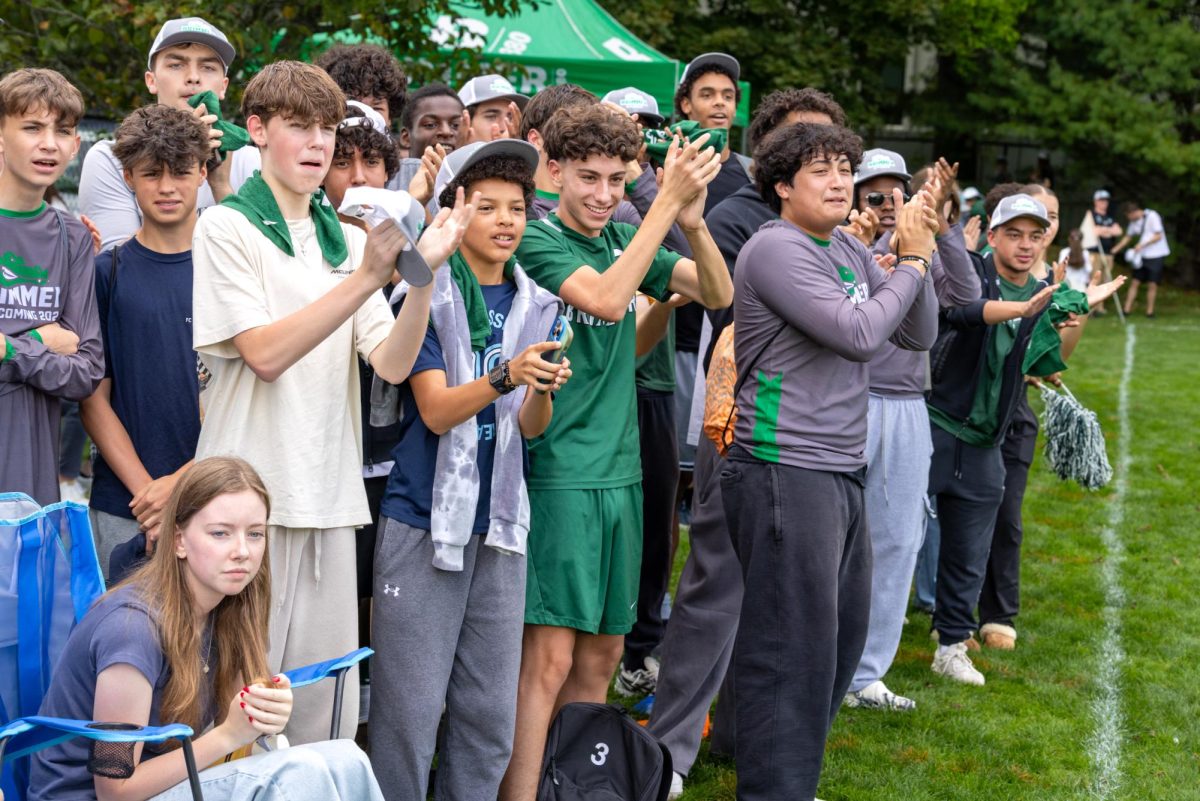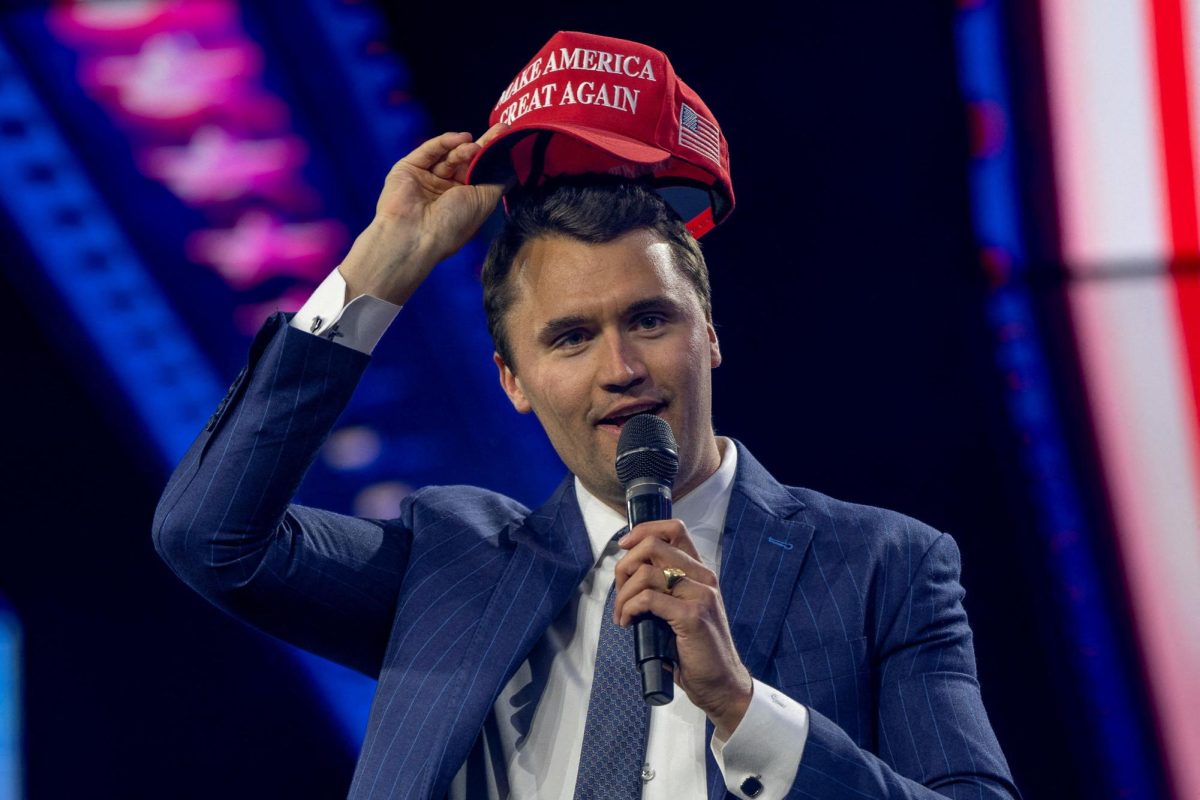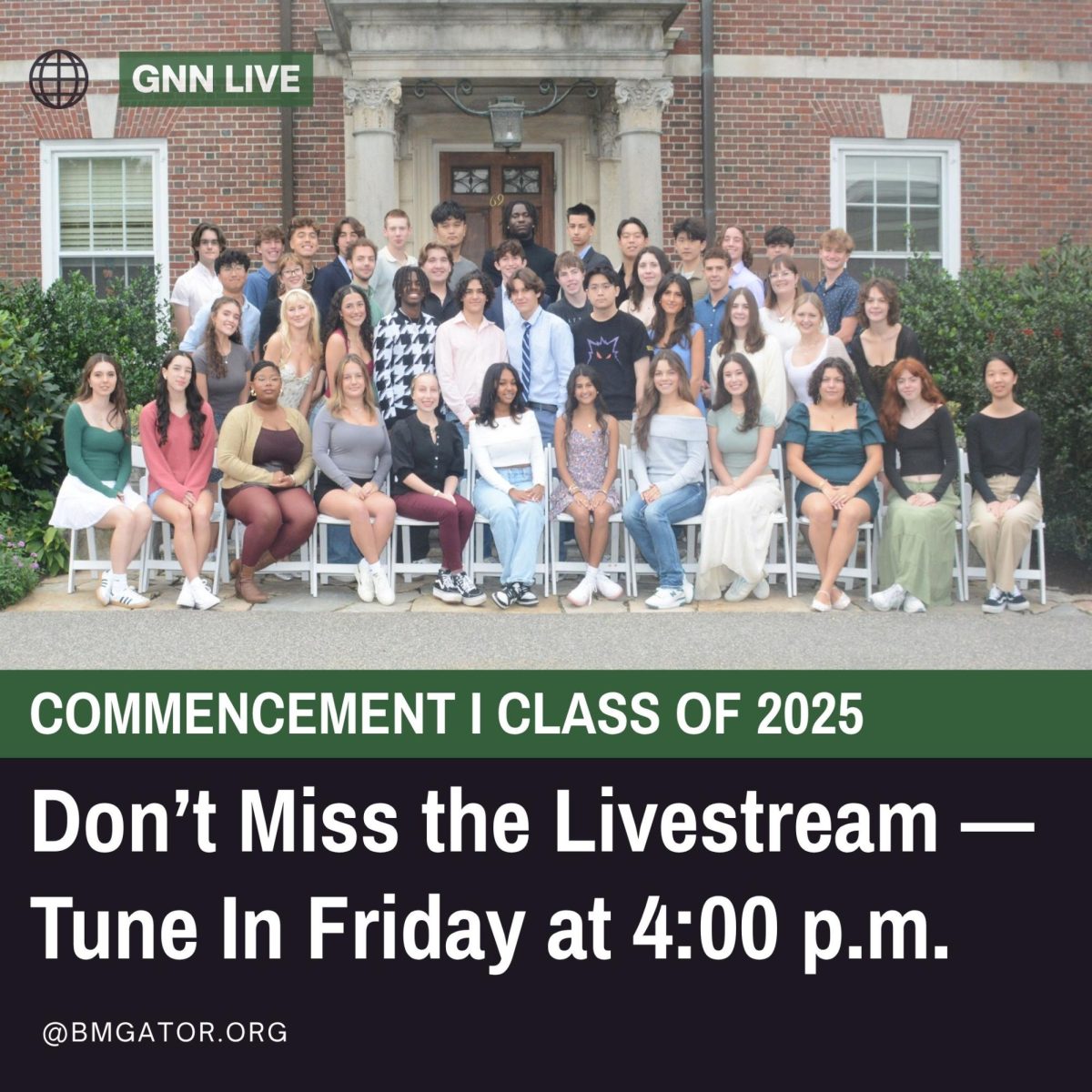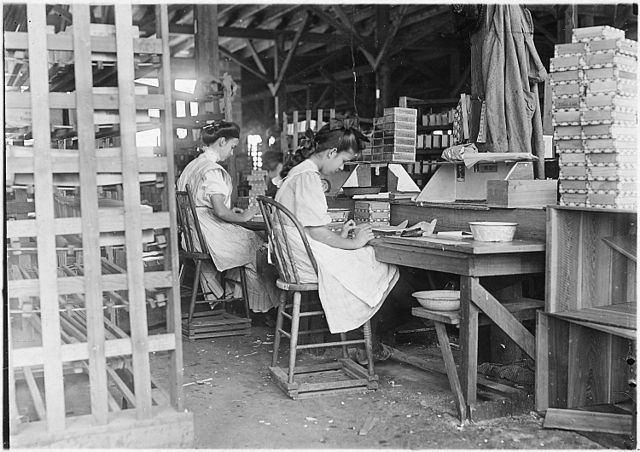Although consumers are under the impression that fast-fashion brands such as Shein and Romwe are the only ones who are involved in child labor, the reality is that this issue is much more widespread.
At this point, it has become normative for brands to involve children in their production process.
According to UNICEF, over 1 in 5 children around the world are obligated to participate in child labor. In the last century, most children were involved in child labor to provide for their families during The Great Depression.
Over time, society has concluded that child labor is less common. Little does the public know that products used daily come from child labor. And it’s not just a national problem. It’s global.
Many stabilized countries have created laws against it though many major companies are very good at hiding the fact that they use child labor.
The beginning of child labor started in the late 1700s and early 1800s during the Industrial Revolution and became incredibly prominent during the Great Depression and Second World War when children were forced to provide for their families for minimal wages.
Child labor was not only a reality but a necessity for many families during the Industrial Revolution. Jack London addressed the dehumanizing effects of child labor in his essay “The Apostate.”
His story follows a young boy, Jonny, who has been forced to work in a factory full-time since he was seven years old.
To this day, child labor stays hidden but consistent. For example, many young girls in countries such as Bangladesh and India are willing to work for low prices. Many are even forced to work in commercial sexual exploitation.
They are brought into the industry with the misconception that they will be earning a decent wage. They are drastically wrong. According to The World Counts, children make, on average, two dollars a day. These factories are often mass-produced and widespread.
From clothing brands to tobacco and cigarette companies, children as young as five years old are making the products that are so commonly used in our everyday lives. With working excessive hours this can affect young children.
When children are working forty-hour weeks, there is no feasible way for them to continue their schooling. Unfortunately, if they were to stop working, their families would be out of an income.
Although international child labor standards set the minimum age for light work at 13 years and general employment at 15, 85,000,000 children around the world are still forced to work in hazardous working conditions.
Yet many of the successful child labor brands are American-originated and billion-dollar brands.
Examples include Marlboro, Urban Outfitters, Aeropostale, Primark, Microsoft, Apple, KitKat, Nike, Hershey, and many others.
In addition, companies are always pushing to find new sources of child labor, especially with rapidly growing inflation rates and competition in the job market.
Companies get away with this by having huge manufacturing facilities in various countries that do not have stable child labor laws.
These states include China, Vietnam, the Czech Republic, Guatemala, Malaysia, Indonesia, Lesotho, Thailand, and South Korea.
And that’s only a few of them.
The list of mass-produced goods from these states goes on and on, it would take hours to look through the whole thing.
So if you’re buying something incredibly cheap, and don’t know where it’s from, be sure to check that the brands you’re using are not involved in child labor.
The child labor and fast fashion business continue to rise day by day with more demands and catchier clothing trends. It is important to think about the origin or where the items you own come from.
























































